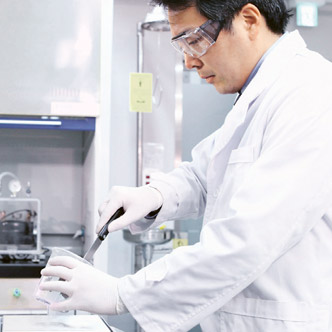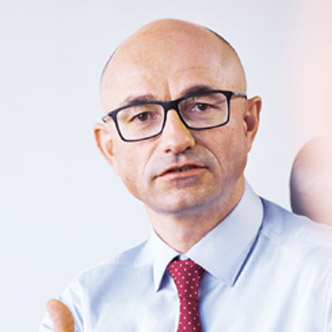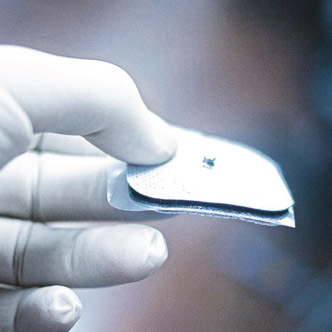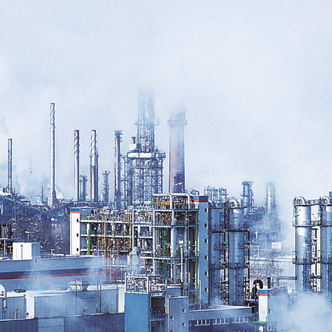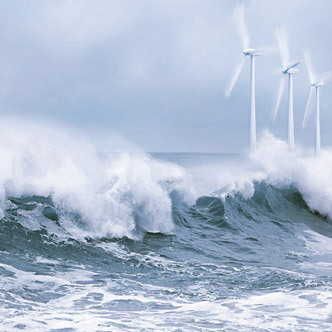Executive Board Statement on Business Development and on the Group’s Economic Position
In 2016, WACKER’s operations were characterized by volume growth at all five business divisions in combination with lower prices. Advance payments retained and damages received (in connection with terminated long-term delivery contracts with solar-sector customers) no longer had any major effect on earnings. Their share in earnings declined substantially. Overall, the Group achieved its annual forecast for all its key performance indicators.
Chemical sales continued to rise, mainly thanks to volume gains. Lower prices had a contrary effect. EBITDA at the chemical divisions grew significantly versus the year before. The rise was fueled by high capacity utilization, cost efficiency and lower raw-material costs. At WACKER POLYSILICON, we sold markedly more volume, although prices were lower. The polysilicon production facilities at our Burghausen and Nünchritz sites ran at full capacity throughout the year. The facilities at the new site in Charleston were ramped up to production levels as planned. Siltronic posted marginally higher semiconductor sales than a year earlier. Stronger volumes and positive exchange-rate effects made up for weaker silicon-wafer prices.
Personnel expenses rose slightly, both in absolute terms and as a percentage of sales. Raw-material costs edged down, both in absolute terms and as a proportion of sales. Energy costs were lower than a year earlier. As forecast, depreciation rose substantially – in absolute figures and as a percentage of sales.
At €2.59 billion, Group equity declined by €201.9 million relative to the prior-year closing date. This was chiefly due to pension-provision adjustments recognized in other comprehensive income. The equity ratio dropped from 38.5 percent to 34.8 percent. The Group’s net financial debt decreased, as expected. This was primarily the result of high cash inflows from operating activities while financial liabilities remained unchanged. Net financial debt amounted to €992.5 million as of December 31, 2016. Capital expenditures were down by almost half year over year. At €427.6 million, they were markedly below depreciation. Net cash flow developed as expected. Coming in at €400.6 million, it was considerably higher than the year before.

